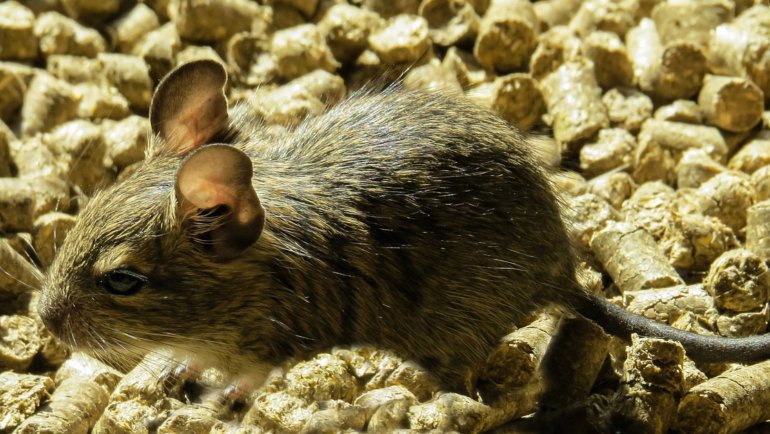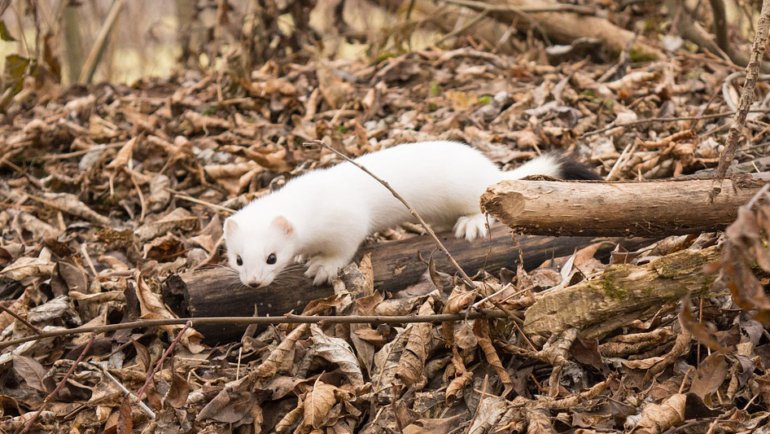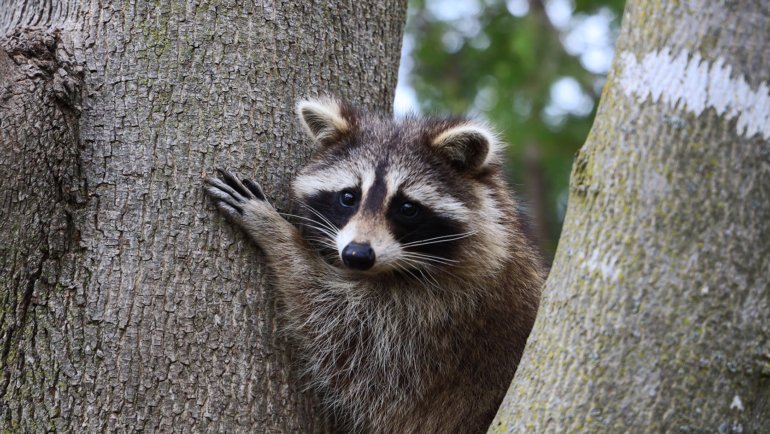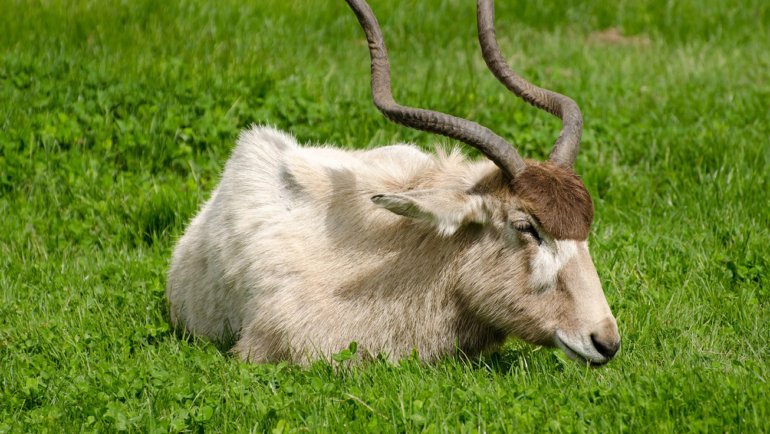Welcome to our comprehensive guide on the aardwolf, an intriguing and relatively lesser-known member of the hyena family. Unlike its larger, more carnivorous relatives, the aardwolf primarily feeds on insects, showcasing nature’s diverse adaptations.
Found primarily in the grasslands and savannas of Southern and Eastern Africa, the aardwolf is recognized by its slender, fox-like appearance and distinct vertical stripes. This nocturnal mammal plays a crucial role in controlling insect populations, particularly termites, within its ecosystem.
Embark with us on an insightful journey as we unravel the fascinating aspects of the aardwolf’s life, from its unique feeding habits to its specialized adaptations.
The Aardwolf at a Glance
Classification
| Kingdom: | Animalia |
| Phylum: | Chordata |
| Class: | Mammalia (Mammals) |
| Order: | Carnivora |
| Family: | Hyaenidae |
| Genus: | Proteles |
| Species: | P. cristatus |
Essential Information
| Average Size: | 22 to 31 inches in length (not including tail) |
| Average Weight: | 17 to 21 lbs |
| Average Lifespan: | Up to 15 years in the wild |
| Geographical Range: | Southern and Eastern Africa |
| Conservation Status: | Least Concern (IUCN Red List) |
Species and Subspecies
The aardwolf, Proteles cristatus, is the only species under the Proteles genus. It is part of the Hyaenidae family, which also includes the more commonly known spotted, brown, and striped hyenas. However, the aardwolf stands apart from its relatives due to its insectivorous diet.
Although there are no recognized subspecies, there are two geographically separated populations of aardwolves. The Southern population ranges from southern Zambia and Angola to South Africa, and the Eastern population from northeastern Sudan, through the eastern part of Africa, down to northern Tanzania.

Description
The aardwolf is a small, insectivorous mammal, standing at roughly 16 to 20 inches at the shoulder and weighing between 17 and 21 pounds. This makes it significantly smaller and lighter than other members of the hyena family.
One of the most distinctive features of the aardwolf is its coat, which is golden or pale yellow with vertical black stripes, giving it a somewhat zebra-like appearance. Its bushy tail is also adorned with black stripes. A mane of long, coarse hair runs down the middle of its neck and back and can be erected to make the aardwolf appear larger when threatened.
Sexual dimorphism, differences in appearance between males and females, is minimal in aardwolves. Males are slightly larger than females, but the size difference is generally small and difficult to observe.
Habitat and Distribution
Aardwolves inhabit the grasslands and savannas of Southern and Eastern Africa. They prefer dry, open plains, and avoid mountainous areas.
Their distribution ranges from southern Zambia and Angola to South Africa for the Southern population and from northeastern Sudan through the eastern part of Africa down to northern Tanzania for the Eastern population.
These habitats provide a plentiful supply of their preferred food – termites – and the soil is well suited for them to create burrows for shelter.
The burrows provide refuge during the day and safe places for raising their offspring. Aardwolves are adept at modifying abandoned burrows of other animals, but are also capable of creating their own when necessary.
 Source: Richard Gillin / Flickr
Source: Richard Gillin / FlickrBehavior
Aardwolves are nocturnal creatures, primarily active from late in the night until the early dawn hours. During the day, they retreat to their burrows to avoid the heat and potential predators.
Social Structure
In terms of social structure, aardwolves display a mix of solitary and monogamous behaviors. Pairs of aardwolves occupy territories, and while they share the same territory, they usually forage alone. Males help in the care of the young by guarding the den while the female is out foraging.
Communication
Communication among aardwolves involves vocal, visual, and scent markings. When threatened, they can make a loud, defensive growl or roar. To establish and mark their territories, they use scent glands located near the base of their tail. This helps keep other aardwolves out of their area.
Diet and Feeding Behavior
Aardwolves are insectivorous, their diet consisting almost entirely of termites and other insects. Unlike many other insect-eating animals, they do not dig into the termite mound to reach their prey; instead, they lick them off the ground using their long, sticky tongue.
An aardwolf can eat about 200,000 termites in a single night, using their acute hearing and sense of smell to locate their meals. Their teeth are not well-developed because they do not need to chew their food – the insects are simply crushed against the roof of the mouth and swallowed.
Predators
Aardwolves face threats from various predators throughout their lives. As adults, they can fall prey to large carnivores like lions or hyenas. However, their biggest threats come when they are younger and more vulnerable. Pups can be targeted by eagles, jackals, and pythons.
Aardwolves have developed several strategies for avoiding predation, including their nocturnal lifestyle, their ability to emit a strong-smelling fluid from their anal glands to deter predators, and their ability to make a loud roaring sound that can scare off potential threats.
 Source: Tim Ellis / Flickr
Source: Tim Ellis / FlickrReproduction and Life Cycle
Aardwolves exhibit monogamous mating patterns, with mating pairs often staying together for life. The breeding season typically occurs during the warmer months, usually late spring to early summer.
After a gestation period of about 90 days, the female gives birth to two to five cubs in a burrow. The cubs are born blind and defenseless but develop quickly. By three weeks, they are already beginning to venture outside of the burrow, and by 14 weeks, they have weaned off their mother’s milk and started eating insects.
Both parents take part in caring for the young, but it’s primarily the male’s job to guard the burrow from predators while the female forages for food. After about a year, the young aardwolves will set off to find their territories and mates.
Conservation and Threats
Aardwolves are currently classified as ‘Least Concern’ by the International Union for Conservation of Nature (IUCN). Their populations are stable and are not currently facing significant threats.
That being said, aardwolves, like many wildlife species, are not immune to the potential effects of habitat loss due to human activities such as urban development and agriculture. Climate change also poses potential long-term risks, as changes in temperature and rainfall patterns could impact the availability of their primary food source – termites.
Current conservation efforts for aardwolves mainly involve habitat preservation. Educating communities about the ecological importance of aardwolves and encouraging sustainable practices can also contribute to their ongoing survival.
Fun Facts
- Termite Specialists: Aardwolves eat almost exclusively termites, specifically harvester termites. They are so specialized that they can even adjust their feeding schedule to when termites are most active!
- Non-Destructive Feeding: Unlike aardvarks or other animals that feed on termites, aardwolves do not destroy termite mounds while feeding. They simply lick up the termites they find on the surface.
- Low-Mileage Mammals: Unlike other hyenas, aardwolves do not travel long distances in search of food. Their territory usually contains enough termite mounds to sustain them.
- The Roaring Whisper: Aardwolves can emit a loud roar when threatened. Despite their size, the roar can be loud enough to deter predators, earning them the nickname “the roaring whisper.”
- Helpful Hunters: By eating termites, aardwolves help control termite populations, preventing overpopulation and the potential damage it could cause to vegetation.
Frequently Asked Questions
What does an aardwolf eat?
Aardwolves primarily eat termites. They can consume up to 200,000 termites in a single night!
Are aardwolves related to wolves?
Despite their name, aardwolves are not related to wolves. They are part of the hyena family.
Where do aardwolves live?
Aardwolves are native to Eastern and Southern Africa. They live in open, dry plains and bushlands where termite populations are high.
How long do aardwolves live?
In the wild, aardwolves can live up to 15 years. In captivity, they can live longer, often over 20 years.
Are aardwolves endangered?
No, aardwolves are not currently endangered. The IUCN lists them as a species of Least Concern. However, like all wildlife, they are vulnerable to habitat loss and other environmental changes.
Other Articles To Learn More About The Aardwolf
Top image: Wikimedia Commons





